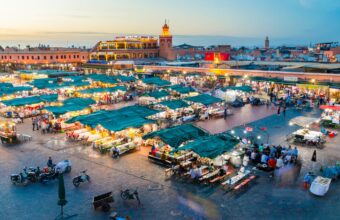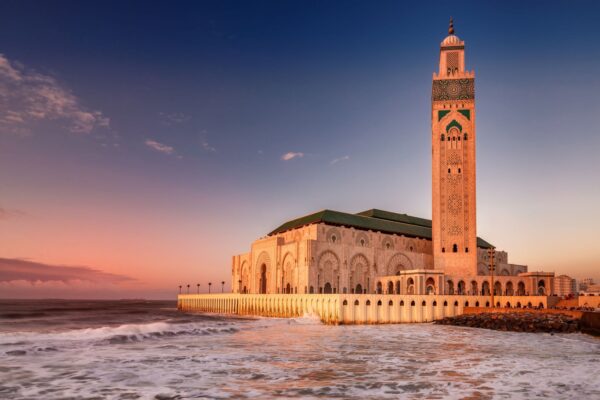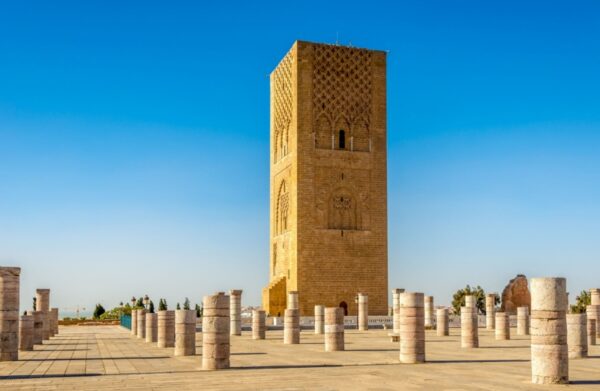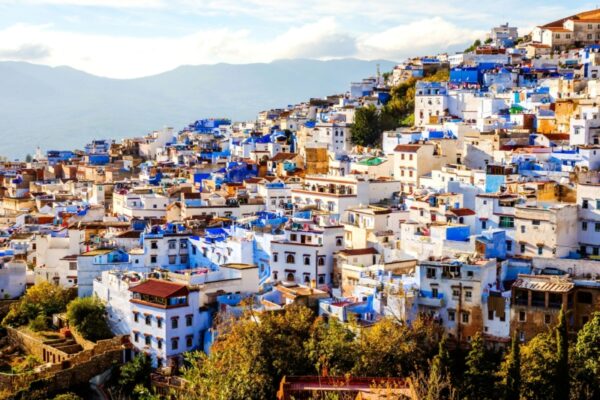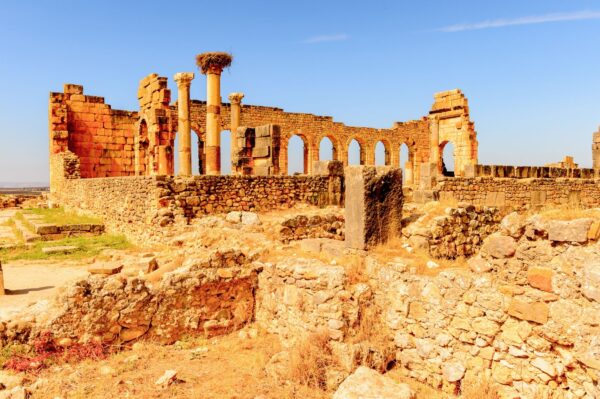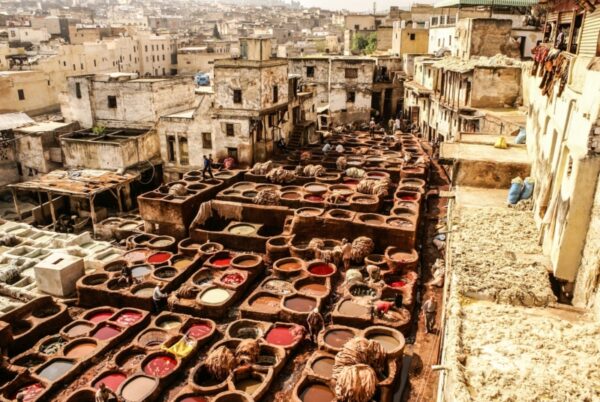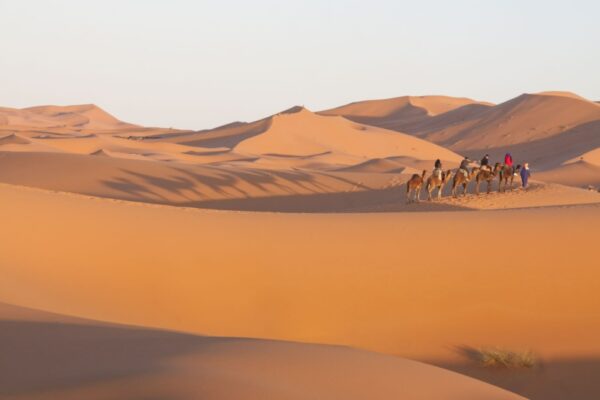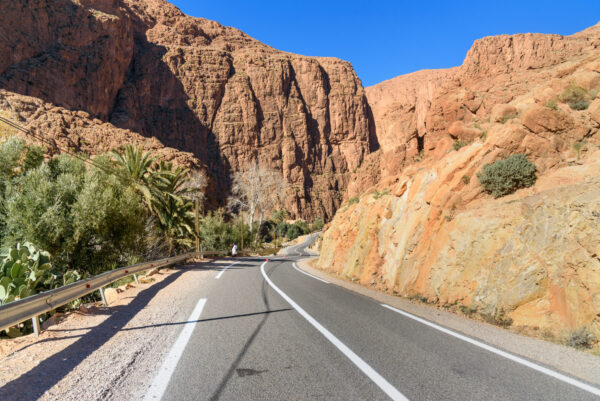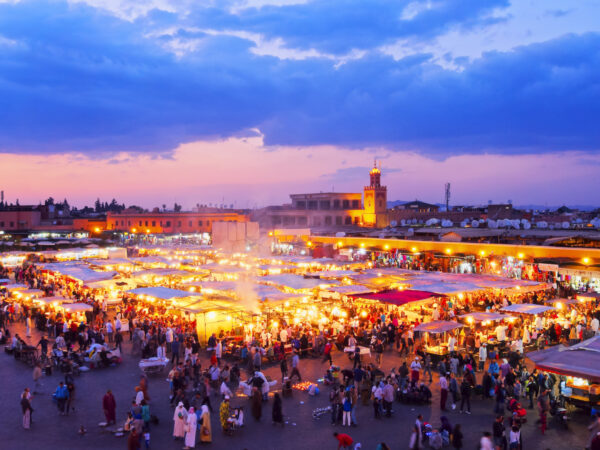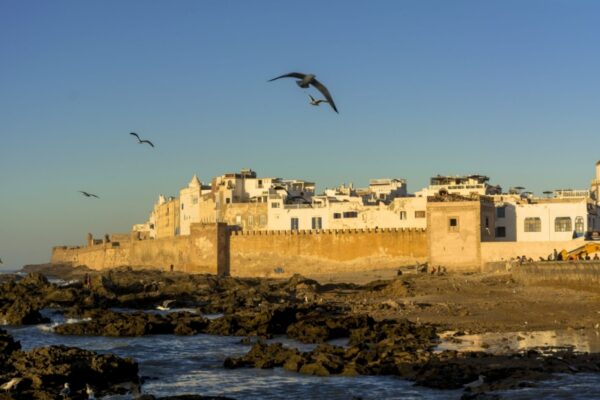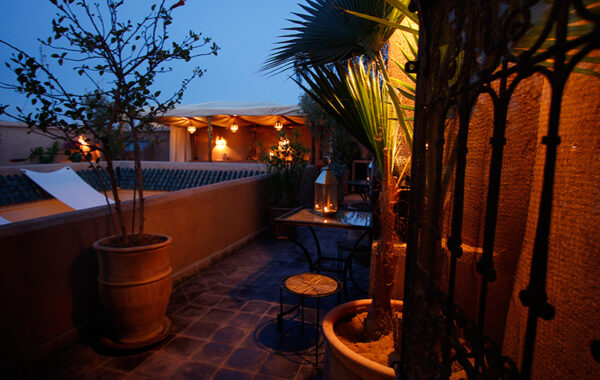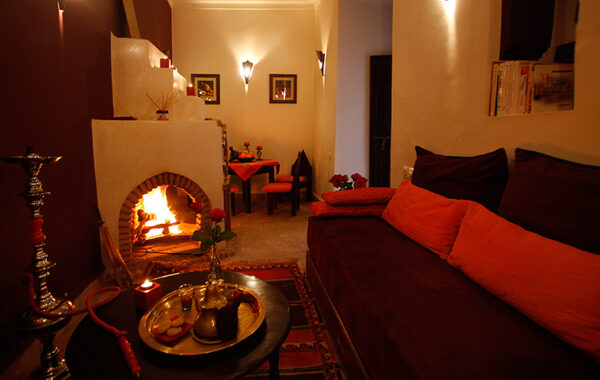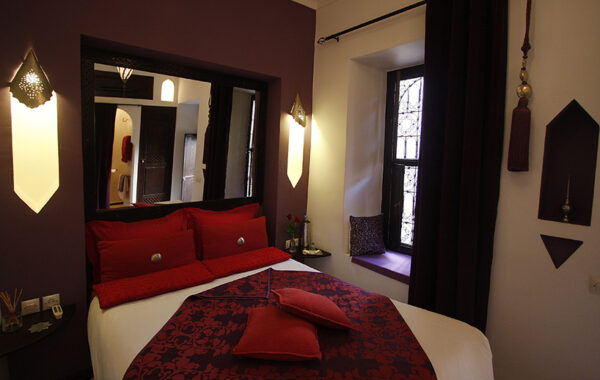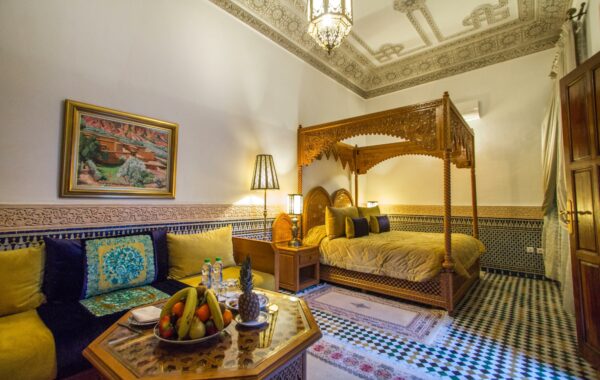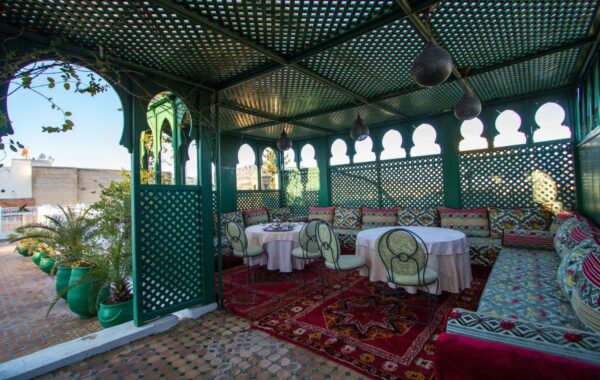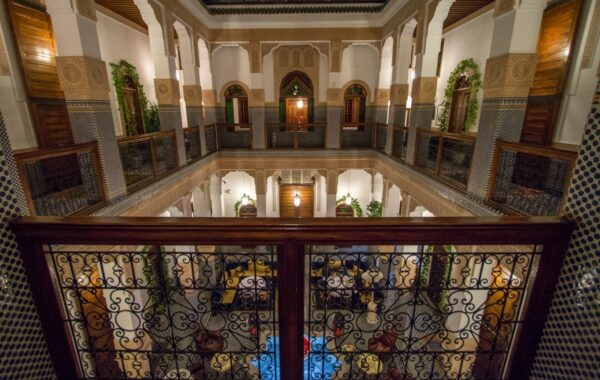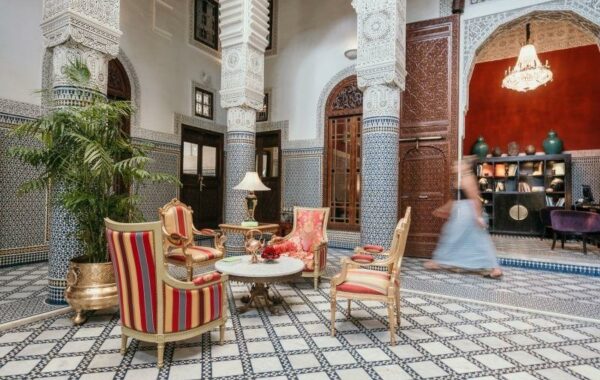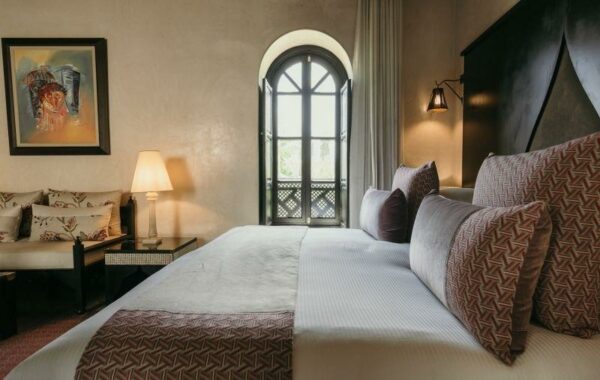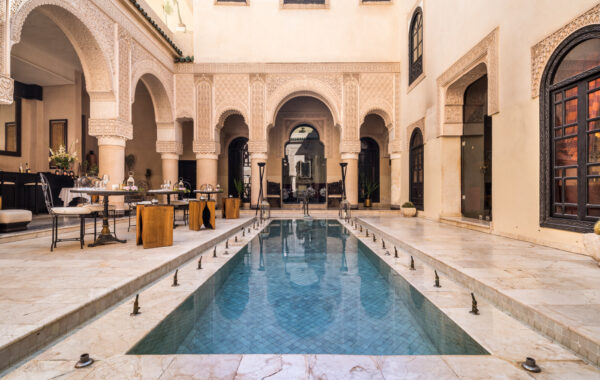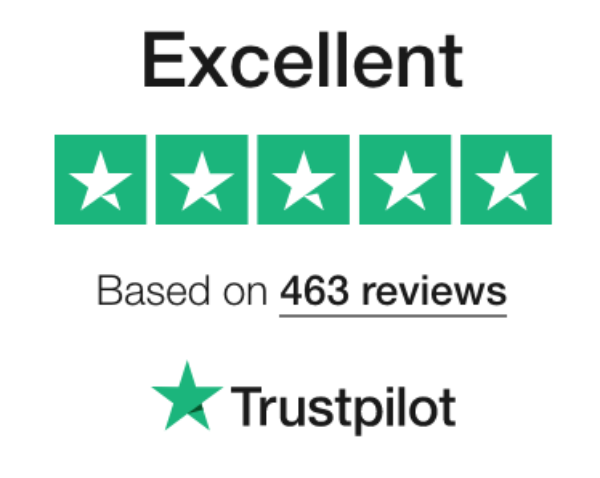In-depth Morocco
A grand tour of Morocco's highlights
Two weeks is enough time to explore the four famous imperial cities of Morocco, whilst leaving time to delve into desert areas to get a taste of how the remote Berbers live. Begin your journey in coastal Casablanca and travel to Rabat to see Kasbah of the Udayas, the Berber-era royal fort beside the Atlantic Ocean. Continue on to Chefchaouen, where you will spend a day exploring its blue houses and streets before taking the drive to the Roman ruins of Volubilis and the UNESCO World Heritage site of Meknes. The next city stop is Fes, after which you will pass through Midelt on the way to Merzouga in the Sahara Desert. Having made your way behind the Atlas Mountains, hike in the steep-walled Todra Gorge before visiting Marrakech and the harbour town of Essaouira.
Key information
| Destinations | Marrakesh, Rabat, Casablanca, Essaouira, Merzouga, Chefchaouen, Meknes, Fes, Todra Gorge, Volubilis |
|---|---|
| Activity | Nature & Wildlife, Culture, Cities |
| Physical Level | Easy |
| January - December |
Suggested itinerary

Casablanca's history and grand mosque
Day 1 in Casablanca
Morocco’s largest city and the country’s economic hub sits beside the Atlantic Ocean and has a distinctively different vibe from other cities across the Kingdom. Often reputed as having “nothing to see,” the city is full of surprises for those who dare to venture beyond what they are told.
The city started as what’s known as the ancienne medina, previously known as Anfa, before the city developed during the French Protectorate. The art deco lined boulevards and architecturally diverse city centre were built during this era, making it an architecture-lovers dream, along with the port. The Habous area is known as the new medina, and was also developed during the Protectorate.
It’s not hard to miss the Hassan II Mosque, the largest in Africa and the third largest in the world, with a 210m tall minaret that punctures the city skyline. It’s also the only mosque open to non-Muslims in Morocco, but by guided tour only.
Don't miss
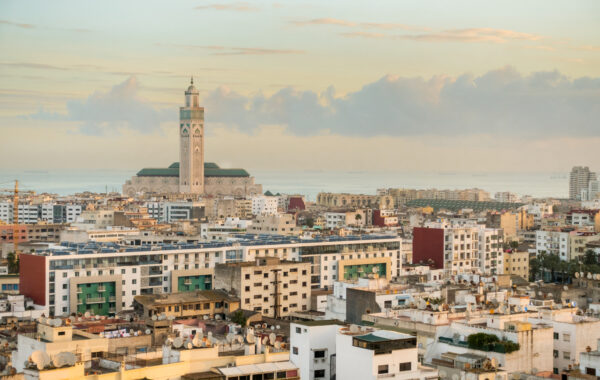
Take a street art tour in Casablanca
Exploring Morocco’s largest city is best done on foot, and a great way to do this is by checking out its growing street art scene, which adds a touch of colour to the city’s old white buildings, with the help of a tour guide.
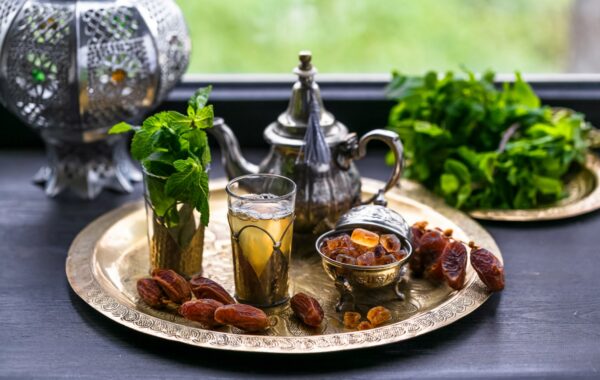
Have breakfast in Casablanca's modernist cafe
The former Villa Suissa designed by Jean-Paul Zevaco has been transformed into a trendy cafe belonging to the Paul chain of bakeries. Grab a seat inside to absorb the modernist architecture in all its glory and follow the sweeping staircase upstairs where the most divine bar awaits.

Experience urban life in Rabat
Day 2 in Rabat
Although it’s the capital city of Morocco, Rabat is often just a half-day stopover on most itineraries. With wide avenues for walking from the old city through the art deco downtown, passing by the Parliament building, exploring the city on foot is enjoyable.
The capital perfectly blends modern architecture and sites (the Mohamed VI Contemporary Art Museum for one is well worth a visit with world-class exhibitions) with historical sites dating back centuries. Kasbah of the Udayas, the Berber-era royal fort sits overlooking the Atlantic Ocean, and the Chellah ruins on the banks of the Bou Regreg River have links to the Roman Empire.
The city is an unexpected treasure for those who dare to add a few extra hours or even a day to their itinerary. Nearby Salé, just across the Bou Regreg River receives few visitors and home to a lovely Koranic school where travellers often have the place to themselves to appreciate the architectural beauty.
Don't miss
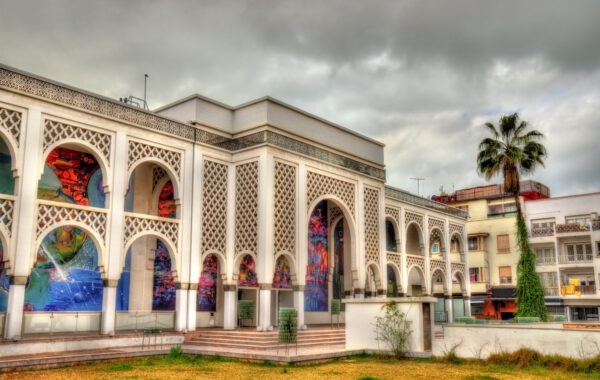
Explore modern art in Rabat’s Mohammed VI Museum
Experience modern and contemporary Moroccan culture at the Mohammed VI Museum in Rabat. Only opened in 2014, the stunning modern museum building itself took ten years to build, and inside it houses the works of Moroccan and international artists from the twentieth century onwards.
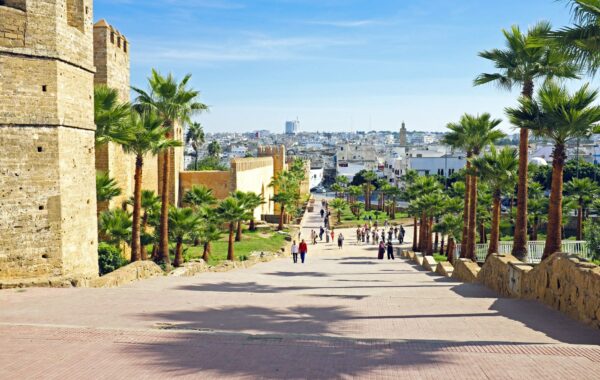
Take a street art stroll through Rabat
Large-scale murals by internationally acclaimed artists such as Okuda and local Moroccan artists dot Rabat, particularly in the centre thanks to the Festival Jidar, an annual street-art festival. Many installations are located in the downtown core making it easy to spot in between visiting historical sites.
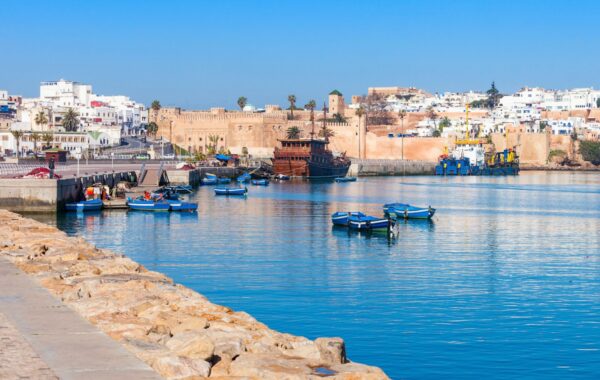
Sip mint tea overlooking Bou Regreg River
Just off the Andalusia Gardens in the Kasbah Udayas, the simple Café Maure serves sugary cups of mint tea and Moroccan patisseries with views of the Bou Regreg River. Water as small rowboats ferry locals between Rabat and neighbouring Salé.

The blue city of Chefchaouen
Day 3 in Chefchaouen
In this city in the Rif Mountains everything is a shade of blue, from the front doors of local homes to the staircases winding through the village.
Wander up and down Chefchaouen’s narrow alleys to explore leather and weaving workshops before visiting the red-walled Kasbah, a 15th-century fortress and dungeon, in Place Outa el Hammam. Once under Spanish occupation, the influence here remains – as does the Spanish Mosque. Just be aware that Chefchaouen’s recent popularity on social media means that tourism has boomed in this small hillside town.
That said, nature awaits at the village’s doorstep, with the 6km Jebel el Kalaa trail starting from the village and further afield the Talassemtane National Park where visitors can hike to Ackour waterfalls – some of the most beautiful in Morocco. Slow travellers could easily spend a few days here and not feel ready to leave.
Don't miss
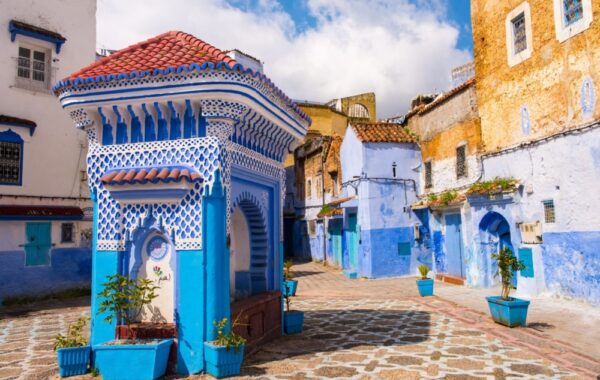
Watch the world go by from Chefchaouen's central square
Grab a seat in one of the cafes in the central square, Plaza Uta el-Hammam, and watch the world go by. Women in traditional dress will walk past, tourists snap selfies and the muezzin calls to prayer from the octagonal tower of the Grande Mosque. This place is typically buzzing in the evening with locals.
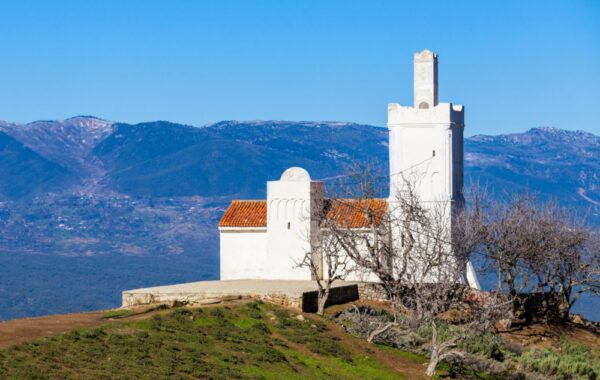
Hike to the Spanish mosque
Starting from the Ras el Maa waterfalls where you’ll often spot women doing the laundry, follow the path that leads toward the hilltop Spanish Mosque (named so as it was built by the Spanish for the locals) for views of the blue city below. The hike is gentle.

Imperial city of Meknes and roman ruins at Volubilis
Day 4 in Volubilis
Once one of the most remote outposts of the Roman Empire, partially-excavated Volubilis is an archaeologist’s dream. It’s a beautiful place to walk around and ponder what life must have been like in this bustling hillside city in the third century BC, when the settlement was developed on rich fertile grounds.
Today, the surrounding, rolling hills remain dotted with olive trees and wineries producing a huge range of red, white, rosé and gris that are largely drunk in Morocco itself. From the historical site, the Zerhoune mountain range is visible, with the nearby holy village of Moulay Idriss Zerhoune tucked within.
Don't miss
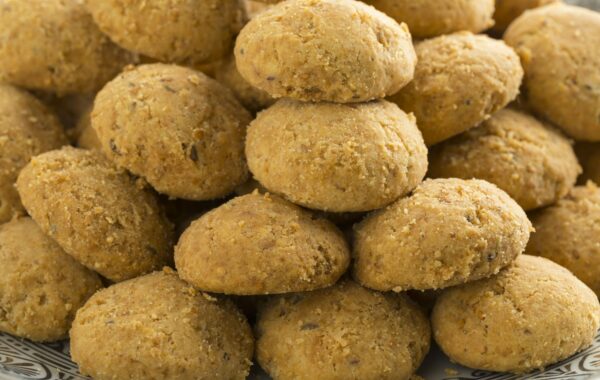
Bake Moroccan biscuits in the hillside town of Moulay Idriss
Escape the crowds with a visit to the charmingly picturesque hillside town of Moulay Idriss. The town is of national importance thanks to its religious history but still fairly quiet. It is welcoming to visitors and local guesthouses offer the opportunity to bake traditional Moroccan biscuits in community ovens.
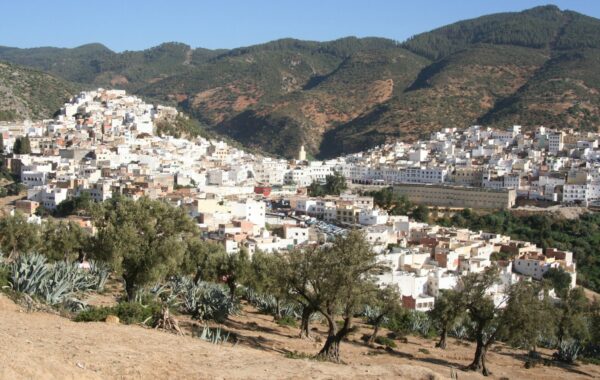
Choose a greener way to get to Volubilis
Five kilometres from Volubilis, Moulay Idriss Zerhoune is the closest town where travellers can spend the night near the ruins. While it’s no problem catching a grande taxi (a taxi that seats up to six people) and negotiating a rate in advance, opt for a donkey ride one way and let a local lead you there.

Explore the medieval city of Fes
Day 5 in Fes
Founded in the 9th century, the history of Fes is storied, with various dynasties passing through and making this their capital.
Home to the oldest university in the world, the city was once the centre of knowledge in the region. Thousands of families fleeing the Spanish Inquisition made Fes their home. The culinary and arts and crafts here are renowned across the Kingdom.
Behind closed doors, some of the finest palaces lie where the elite once resided and which open to the public or act as venues during the Fes Festival of Sacred Music.
Today the medina of Fes is the best-preserved medieval city in the Muslim world, with more than 9,000 alleyways and hundreds of workshops housing artisans producing handicrafts using traditional methods. Wandering here is an assault on the senses, but one that visitors tend to enjoy.
Don't miss
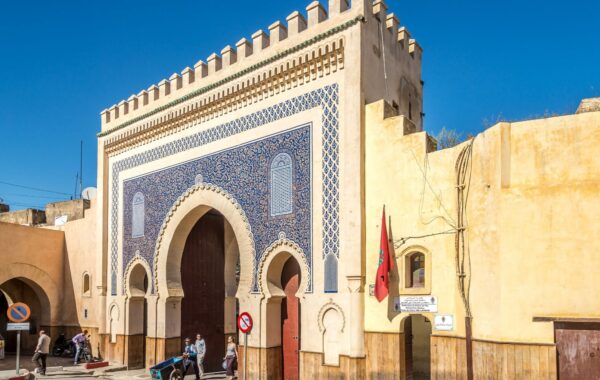
Hire an expert to explore Fes' alleyways
Start at the ornate Bab Boujloud city gate before wandering through the food markets, reaching the Bou Inania Medersa (a former Koranic school) to enjoy the Islamic architecture dating back centuries. Then admire artisans at work in their tiny ateliers — creating belts for kaftans and leather goods. Follow your senses to reach Place Seffarine where the metalsmiths hammer and solder brass goods before reaching the tanneries.
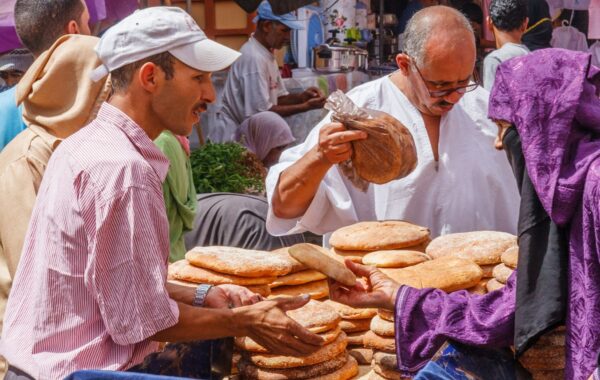
Grab a traditional Moroccan streetfood breakfast
Just inside Bab Boujloud lie food stalls serving up all kinds of streetfood goodness. Opt for a bowl of bissara soup made from broad beans and topped with olive oil, paprika and cumin, scooped up with a loaf of fresh bread from the community oven. Or, try a savoury msimen slathered in spreadable cheese — another favourite way to fuel up for the morning.

Merzouga and Sahara dunes by four-wheel-drive or camel
Day 6–7 in Merzouga
Once you’ve arrived at Merzouga — the gateway to the Sahara — you will find yourself surrounded by dry heat and vast golden sand dunes. The main attraction here is the Sahara Desert, with mountainous dunes in hues of red and orange that hover above this small town. A night in the desert is a must for most travellers. Try arriving at your campsite for the evening on camelback for a truly Moroccan experience.
Despite being in the middle of nowhere, it’s common for camps to provide piping hot tagines, drumming and traditional music around the campfire under a starry desert sky. Hotels at the edge of the dunes with pools are available for those who want a bit more comfort.
Don't miss
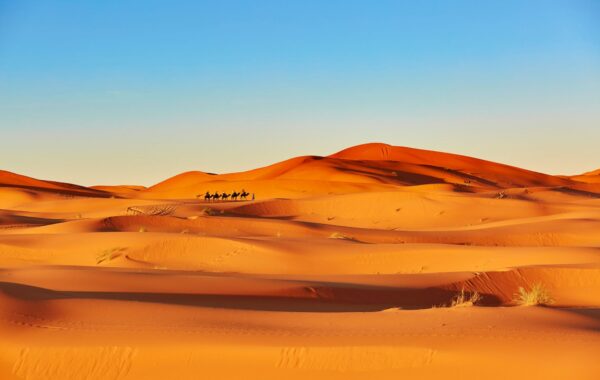
Watch the sunrise over the Sahara
It’s worth setting your alarm (and throwing on some extra layers) to watch the sunrise over the Sahara Desert as the skies light up in reds and oranges and the colour of the sand dunes changes.
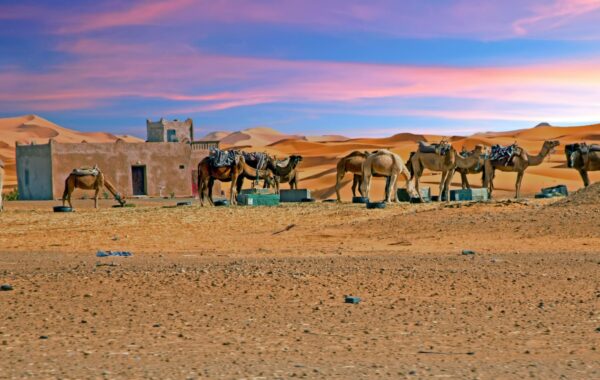
Camel trekking in the Sahara
For something completely different there’s camel trekking in the Sahara. Most treks are three to four day adventures to visit remote dune fields such as Erg Zahar, Erg Chebbi, or the untouched Iriqui National Park.
Sahara trips tend to be based from desert camps – which can get surprisingly luxurious – and involve short-ish hikes out to the dunes, either riding on or supported by camels. Some more adventurous operators do offer supported multi-day camping treks departing from Mhamid.
Daytime temperatures can be quite extreme in the Sahara, so venturing out on a camel trek is best done around sunset when the skies turn magical hues of pink and purple.

Walk in Todra Gorge
Day 8 in Todra Gorge
No trip to Morocco is complete without a walk in the wadis.
The steep-cliff valleys of Todra Gorge are a series of limestone canyons that make for a unique walking experience and are often considered one of the must-sees when visiting Morocco’s south.
Hike along paths that have been carved out by rivers and enjoy spectacular views of pink rock as you pass through. The height of the canyon walls reaches 400m in some places.
Don't miss
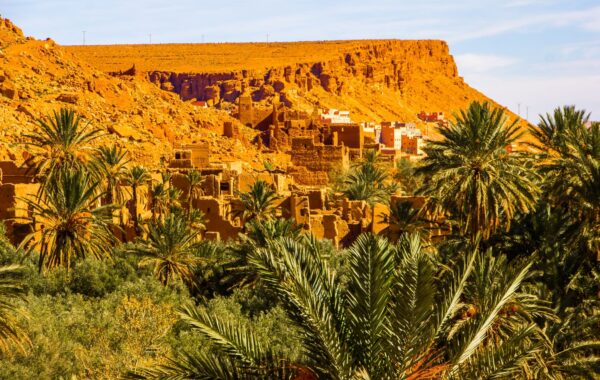
Wander through palm groves meeting locals
For a gentle wander and insight into local agricultural systems, follow the marked paths through verdant palm groves where locals grow small crops and palm trees provide a bit of shade. Expect to see friendly locals going about their day, ready for a chat.

Royal dynasties and souks in Marrakesh
Day 9–11 in Marrakesh
Marrakesh can be bewitching. Palaces, koranic schools, historical sites and mosques dating back centuries are tucked away next to contemporary designer showrooms and picture-perfect restaurants. Souks filled with brightly coloured textiles, richly-patterned pottery and tribal jewellery are among the treasures on offer in Marrakesh’s medina.
Perfectly manicured gardens, private collections featuring artworks and Moroccan artefacts, and roaming the interiors of centuries-old palaces are all great ways to fill a few days experiencing Marrakesh.
In fact, with new venues, restaurants and boutiques opening frequently, it’s easy to spend a week here and still not see everything or dine in every recommended restaurant. But given the sensory overload that awaits in the old city, time whiled away in a café, slowly watching the world go by is highly recommended. Once you’ve had your fill of the medina, go beyond the old city and explore Gueliz, the neighbourhood developed under French rule. It’s here that the contemporary art galleries and designer showrooms are located and where restaurants serving up cuisine from around the world – including Protectorate-era establishments recalling French brasseries – showcase a completely different side to Marrakesh live to the old city.
Don't miss
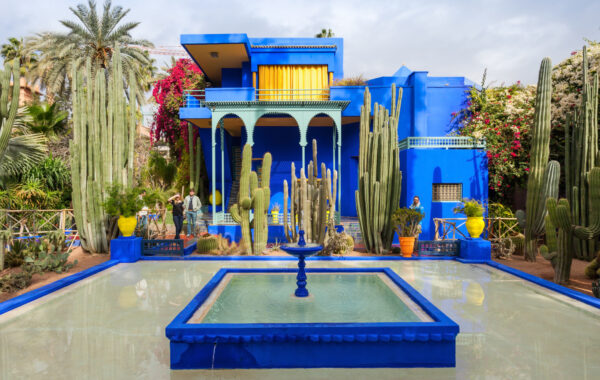
Get botanical in Marrakesh’s Majorelle Gardens
Seek some shade at the peaceful Majorelle Gardens in Gueliz, a neighbourhood in the heart of Marrakesh developed during the French protectorate era. The colourful and varied botanical garden also features a striking blue Cubist villa and is home to the Islamic Art Museum of Marrakesh and the Yves Saint Laurent Museum.
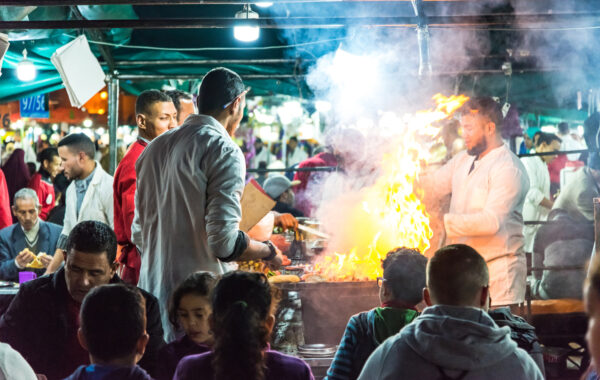
Sample street food in the Jemaa el Fna
As the sun sets, Jemaa el Fna comes to life with entertainers, street performers and food stallholders selling everything from sheep’s brain, snails and mixed grill. The ambience turns up as evening rolls on. Wander on your own or join a guided street food tour.
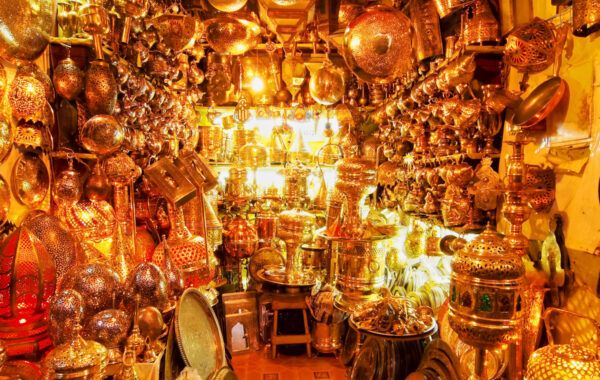
Get lost in Marrakesh’s soulful souks
In a city of countless winding alleyways and palaces centuries old, grab a local guide for a walking tour. You may discover the souks where items are still handmade, palaces with tales to tell, and gardens for a peaceful rest.
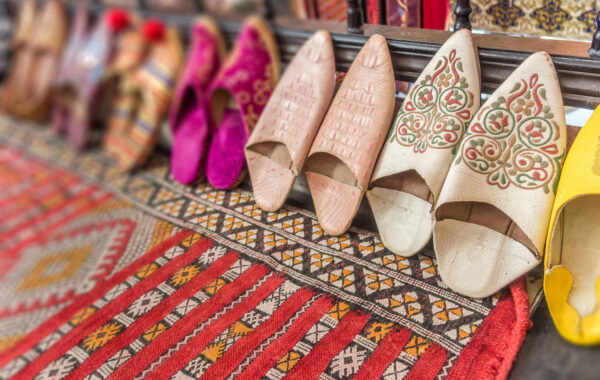
Design your own Moroccan slippers in Marrakesh
The souks are filled with colourful babouche slippers in a rainbow of colours, styles and sizes, but during a hands-on workshop organised by Atelier d’Ailleurs, guests can make a pair to suit their style. Accompanied by a master craftsman throughout the three-hour workshop, guests select the leather, cut, hammer, sew and select the colourful accessories to accompany the pair of slippers they take home at the end.
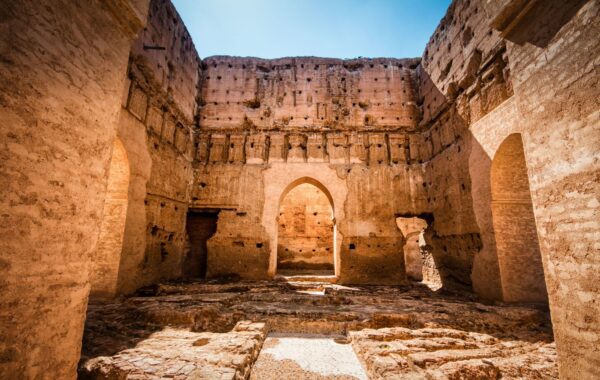
Trace history through Marrakesh's palaces
Start at the 16th-century Badii Palace, where opulence oozed during Sultan Ahmed el-Mansour’s rule, but today lies in ruins after it was looted. Next, head to the Bahia Palace, built in the late 1800s for Grand Vizier Si Moussa until it was eventually looted too in the early 1900s. The 20th-century Dar el Bacha housed the Pacha Thami el Glaoui during the French protectorate, before becoming an official residence post-independence. All offer an insight into Moroccan architecture.

Cobbled fishing town of Essaouira
Day 12–14 in Essaouira
Laid-back with a dash of charm, this seaside town on the Atlantic Coast never fails to impress visitors. With little to do but slow down, wander and watch the world go by while sipping a mint tea or coffee nouss nouss (half coffee, half milk), Essaouira is a great place to unwind.
If shopping is your thing, then Essaouira is a pleasant place to experience it. Once known as the Port of Timbuktu, this fortified old city, a UNESCO World Heritage Site, retains a trading vibe with laid-back markets filled with locally made textiles, honey, and wooden goods made from thuya or olive wood.
Try wandering along the bustling port as seagulls hover overhead ready to swoop in for your snacks. Known for its fresh seafood, fishmongers at the local markets sell their catch of the day with the nearby grills able to cook it to perfection for tourists and locals alike.
Don't miss
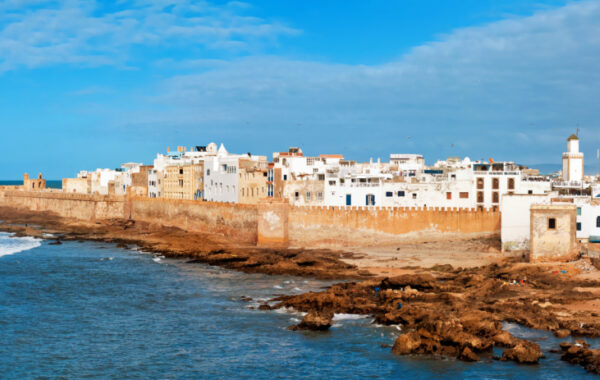
Take a horse ride across Essaouira’s beaches
Venture to coastal Essaouira, known as the windy city, and a perfect spot for horseback riding along its magnificent beaches on beautiful Berber horses. A light, laid-back alternative to life in bustling Marrakesh.
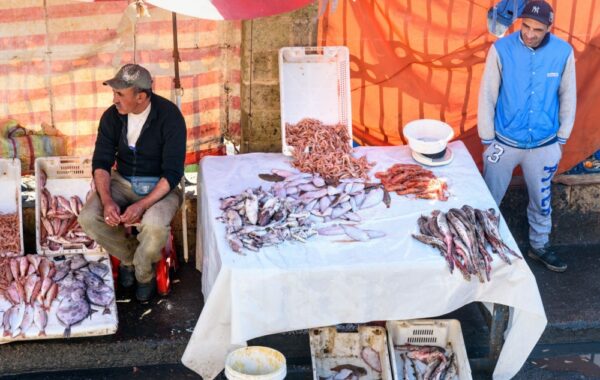
Cook lunch in Essaouira's community kitchens
Wander through the Souk Khaddara near Bab Doukkala where locals head to shop and buy vegetables (tomatoes and onions are highly recommended), sardines and round loaves of barley bread specific to Essaouira. Take your goods to the community kitchen (any of the locals will be able to point you in the right direction) to have the sardines grilled to perfection with a side salad for a small price.
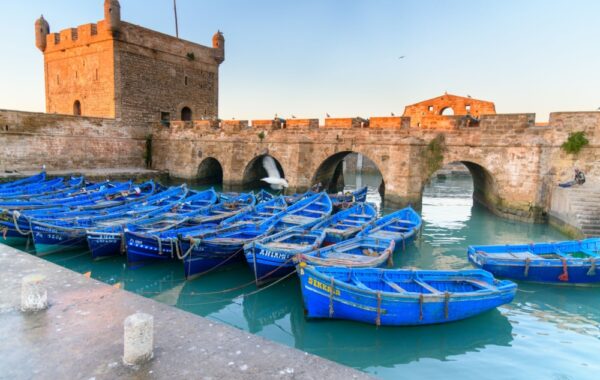
Watch the sunset from the Sqala
Waves crashing against the rocky coastline and a magical light shining overhead make visiting the Sqala Nord (also known as Sqala de la Kasbah) in the late afternoon a delight. Dating back to the 1700s, this area was once used to protect the city from potential attack. The bastions and canons along the walls are accessible from three gates — the main gate via Rue Lalouj, the entrance along Rue Skala (although rarely open to the public) and Bab Al Jihad.
Where to stay
Classic
Riad Boussa
A firm favourite among visitors to Morocco, Riad Boussa is located in the heart of the lively Marrakesh medina, providing a calm oasis amid the hubbub of the souk. Enjoy the shaded terrace, cosy lounges and comfort of the well appointed bedrooms, and then set back out again to continue exploring this fascinating city!
Superior
Riad Myra
Ideally located in Fes, in the heart of the Medina, this 4* equivalent hotel offers the traditional welcome of a Moroccan Riad with the elegance of original Moorish architecture, antique furniture and a terrace overlooking the beautiful city of Fes.
Deluxe
Riad Fès
Located in the ancient city of Fès, the Riad Fès hotel serves undying beauty and impeccable service in a warm atmosphere. Discover excellence and get immersed into a new world defined by elegance and exclusivity.
Book this itinerary
This route booked with one of our specialist tour operators would cost from $3,145pp. Pricing varies by accommodation class, and can be tailored to suit your budget.
Pricing is typically inclusive of hotels, transfers, meals, and all guided excursions and activities.
Other itineraries you might like
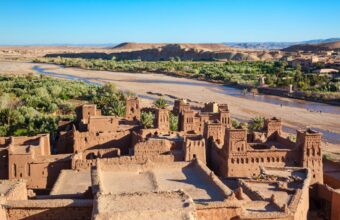
Classic Morocco
Imperial cities, nature and Berber culture
Approx. 11 days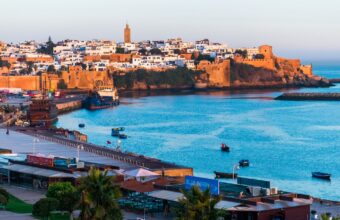
Morocco's imperial cities
Delve into Morocco's history and culture
Approx. 8 days